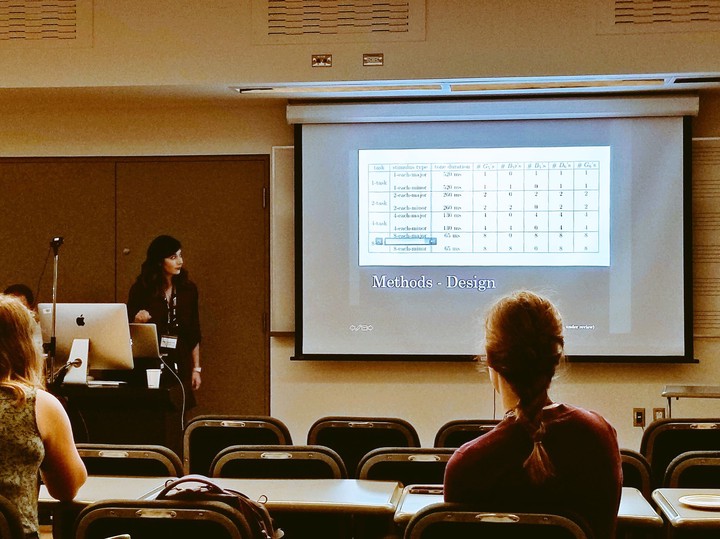The Effects of Tone Duration in Discriminating Major/Minor Modes

Abstract
The major and minor scales play vital roles in western music; however, many listeners have difficulty discriminating between major vs. minor melodies (Leaver & Halpern, 2004). Tone-scrambles are stimuli designed to isolate musical qualities produced by variations in scale from other aspects of musical structure. Most listeners (≈70%) perform near-chance in classifying major vs. minor tone-scrambles (rapid, random sequences comprising 8 G5‘s, 8 G6’s, 8 D6’s, and either 8 B6’s (major) or 8 Bb6’s (minor)), while the other 30% perform near-perfect (Chubb et al., 2013). Moreover, the sensitivity required for this task generalizes to other tone-scramble tasks requiring judgments unrelated to differences between the major vs. minor scales (Dean & Chubb, 2017). In the previous tone-scramble studies, all stimuli were very rapid. This talk explores results from different conditions varying the presentation rate of tone-scramble stimuli.